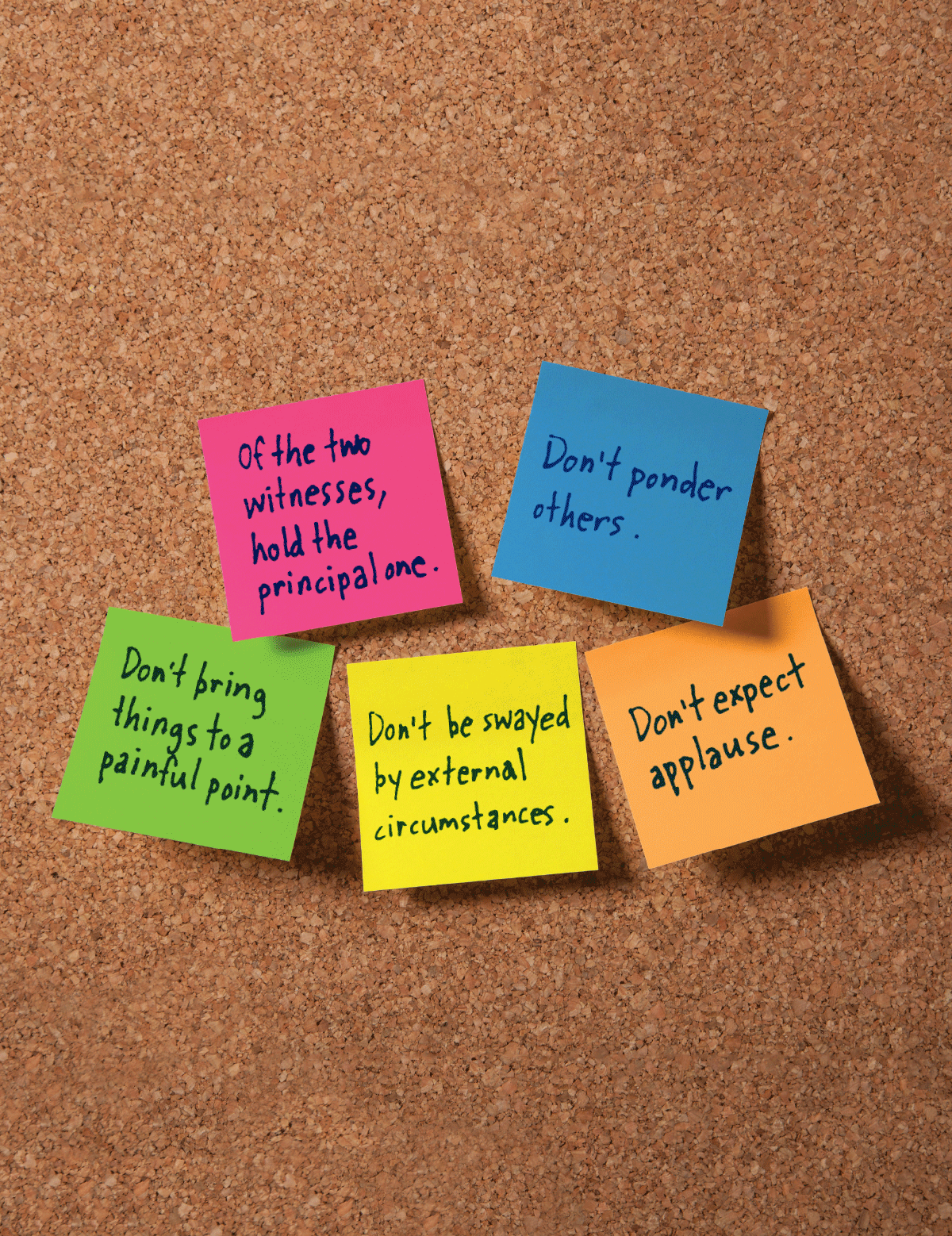How do you picture yourself as a meditating person? Do you see yourself as peaceful? Happy? Untroubled by annoying thoughts? A blank slate? Or do you see yourself as a person with an anxious, busy mind, with a tense body, or beset by emotional storms?
It is likely that your expectation of yourself as a meditator will influence your decision to try meditation. Here is what teacher/author Jason Siff has to say about such expectations in “unlearning meditation: what to do when the instructions get in the way“:



